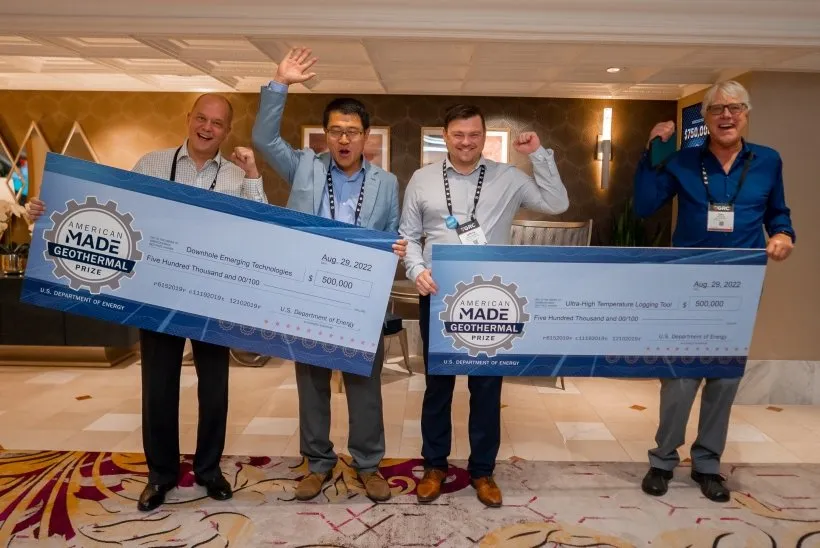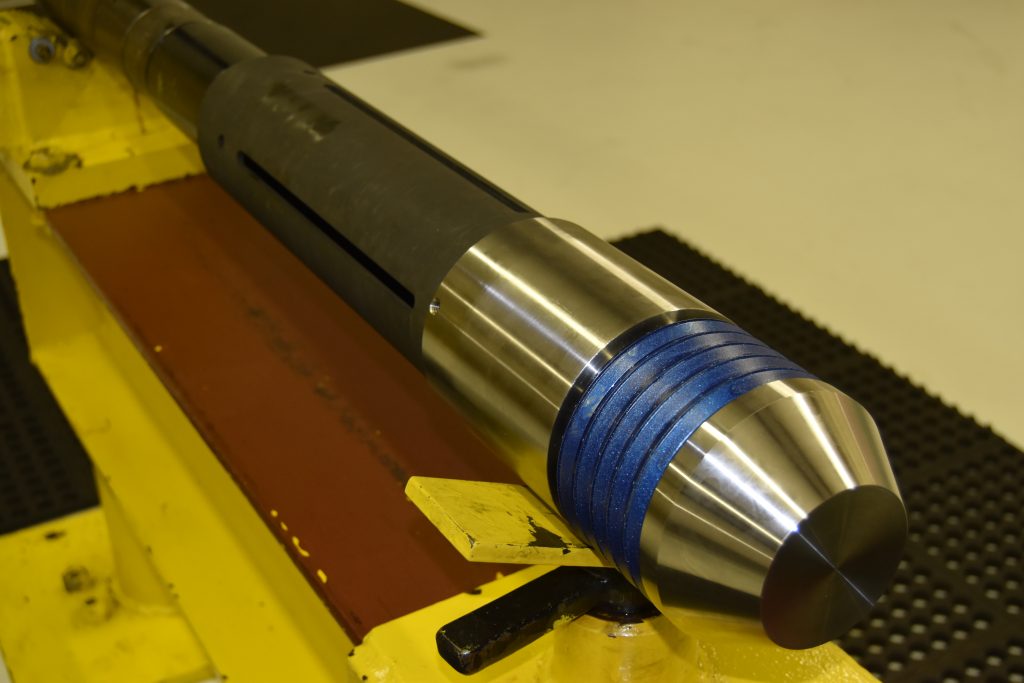Houston-based geothermal energy company Downhole Emerging Technologies (DET) and Digital manufacturing service provider Protolabs took a step towards scaling metal 3DP geothermal energy.
A well packer designed for geothermal subsurface conditions designed by DET has been manufactured by Protolabs. The technology used to build the well packer was direct metal laser sintering (DMLS), an industrial-grade 3D printing process. DET had been previously selected as one of the winning teams of the American-Made Geothermal Manufacturing Prize by the U.S. Department of Energy.
“We designed it to take less force to compress it and stretch it and get the exact same deformation and performance out of it. We wanted to use as little energy as possible to get this thing set and then to get this thing unset or retracted. The smallest amount of force to get those operations done the better. So, AM allowed us to reduce those forces needed,” said Ken Havlinek, CEO of DET.

How did the companies tackle the challenges and find a suitable solution?
Protolabs believes that new tools and equipment are required to help harness steam from superheated rock deep beneath the surface for emerging new geothermal energy technologies. As a result, DET decided to create a packer or plug device capable of withstanding the extreme heat, pressure, and corrosion of a geothermal environment. Because current packers or plugs are made of rubber or plastic, which degrades at geothermal temperatures, standard or existing technology would not be suitable. Machining the part would also be ineffective because a critical component of the packer technology is a ring system that necessitates internal features that hinder the model from CNC solutions.
Consequently, a metal tool that was unlikely to melt in extremely high temperatures was required. DET went through several iterations, but the design kept changing to the point where it could no longer be machined, which was the original intention. The company then chose Direct Metal Laser Sintering (DMLS) as it could handle the complex design and metal component manufacturing. The tool was developed in Inconel 718 using a GE Additive X Line printer and measures 19 inches (482.6mm) long with an outer diameter of more than 4.7 inches (119.4mm). The manufacturing speed of Protolabs also played a vital role. DET required the part quickly in order to meet a series of deadlines as part of a national manufacturing competition sponsored by the U.S. Department of Energy (DOE).
The Diamond ETIP (Extreme Temperature Isolation Packer) from DET is an all-metal and retrievable packer system that provides an alternative to conventional packer systems and is specifically designed for geothermal wells’ high temperatures, high pressures, and corrosive nature. DET’s ETIP tool was one of two grand prize winners in the DOE competition, which included a $500,000 cash prize and up to $200,000 in field testing funds for their novel projects. CEO of DET further added, “The technology has the potential to bring us closer to using geothermal to power our electrical grid, replacing oil and gas.”

Additive manufacturing working wonders for the geothermal technologies
3D Printing Industry’s series on 3D printing and renewable energy emphasizes how additive manufacturing contributes to the industry’s decarbonization efforts. Consequently, metal 3D printing start-up Seurat Technologies, backed by Porsche and Xerox, deployed the technology and announced that its first print depot is completely powered by green energy.
CEO and Co-Founder James DeMuth explained how Seurat’s technology is driving the company’s progress toward decarbonizing not just its own manufacturing operations but also the carbon footprint of its consumers, while also encouraging others in the industry to do the same. DeMuth believes, “Additive manufacturing is not just beneficial to the energy generation industry, it is foundational.”
Previously, Enel Green Power, an Italian renewable energy company, used 3D printing to produce replacement technical parts for its geothermal power plants. Enel’s Santa Barbara metallurgy lab in Cavriglia, Italy, is embarked on optimizing the monitoring of its geothermal power stations by employing a 3D printer to repair a vital element for one of its plants as part of the company’s flagship Geyser project. The concept of using 3D printing to repair critical parts for Enel’s geothermal power plants arose from a round table discussion of technicians and experts from the geothermal, thermal, and hydroelectric sectors brought together as part of the Geyser project.
Follow this link for all the Formnext 2022 news.
To stay up to date with the latest 3D printing news, don’t forget to subscribe to the 3D Printing Industry newsletter or follow us on Twitter, or like our page on Facebook.
While you’re here, why not subscribe to our Youtube channel? Featuring discussion, debriefs, video shorts, and webinar replays.
Are you looking for a job in the additive manufacturing industry? Visit 3D Printing Jobs for a selection of roles in the industry.
Feature image shows DET team winning the final stage of the American-Made Geothermal Manufacturing Competition. Image via DET.



